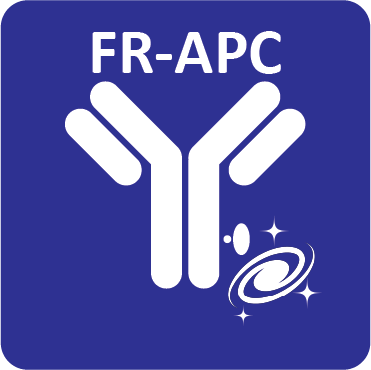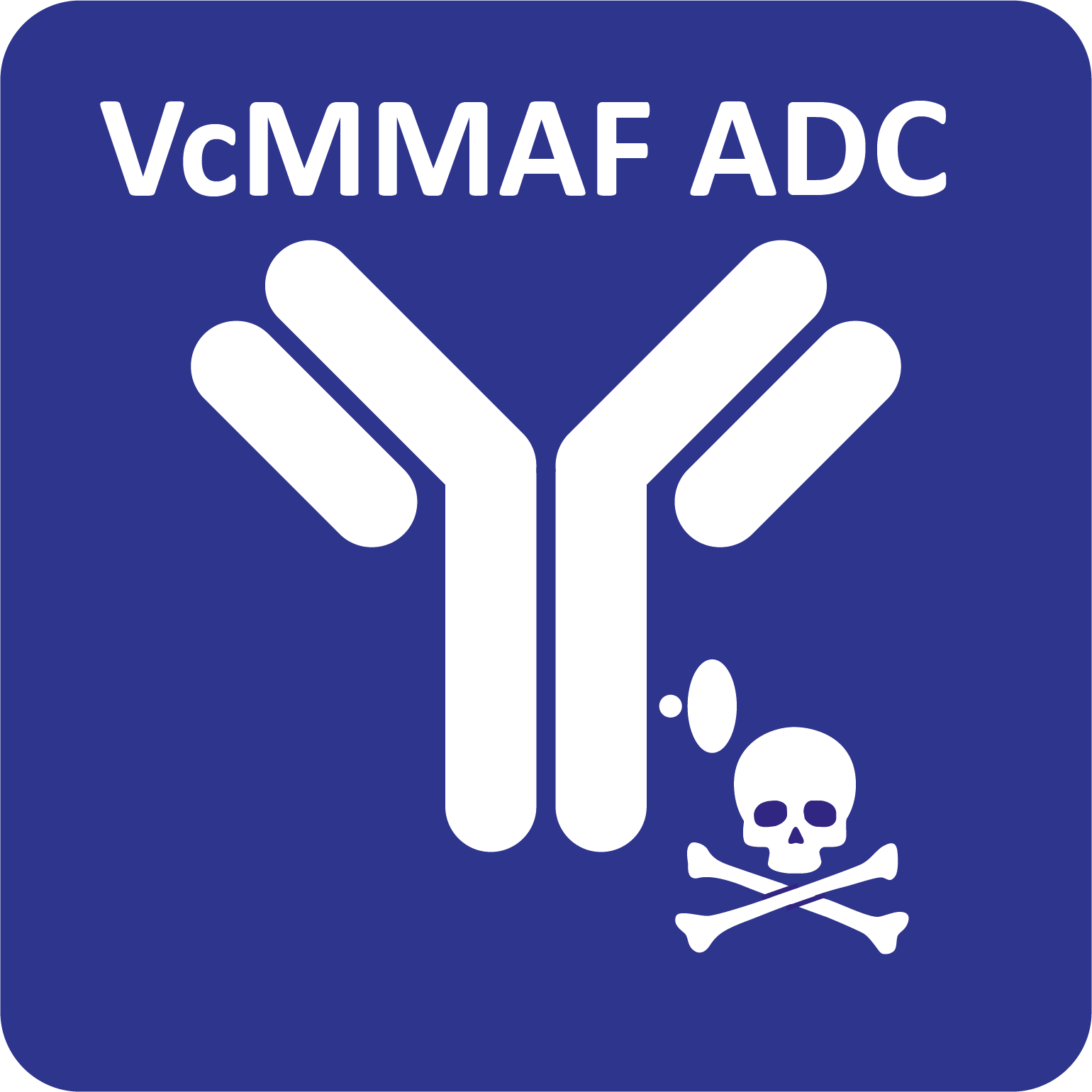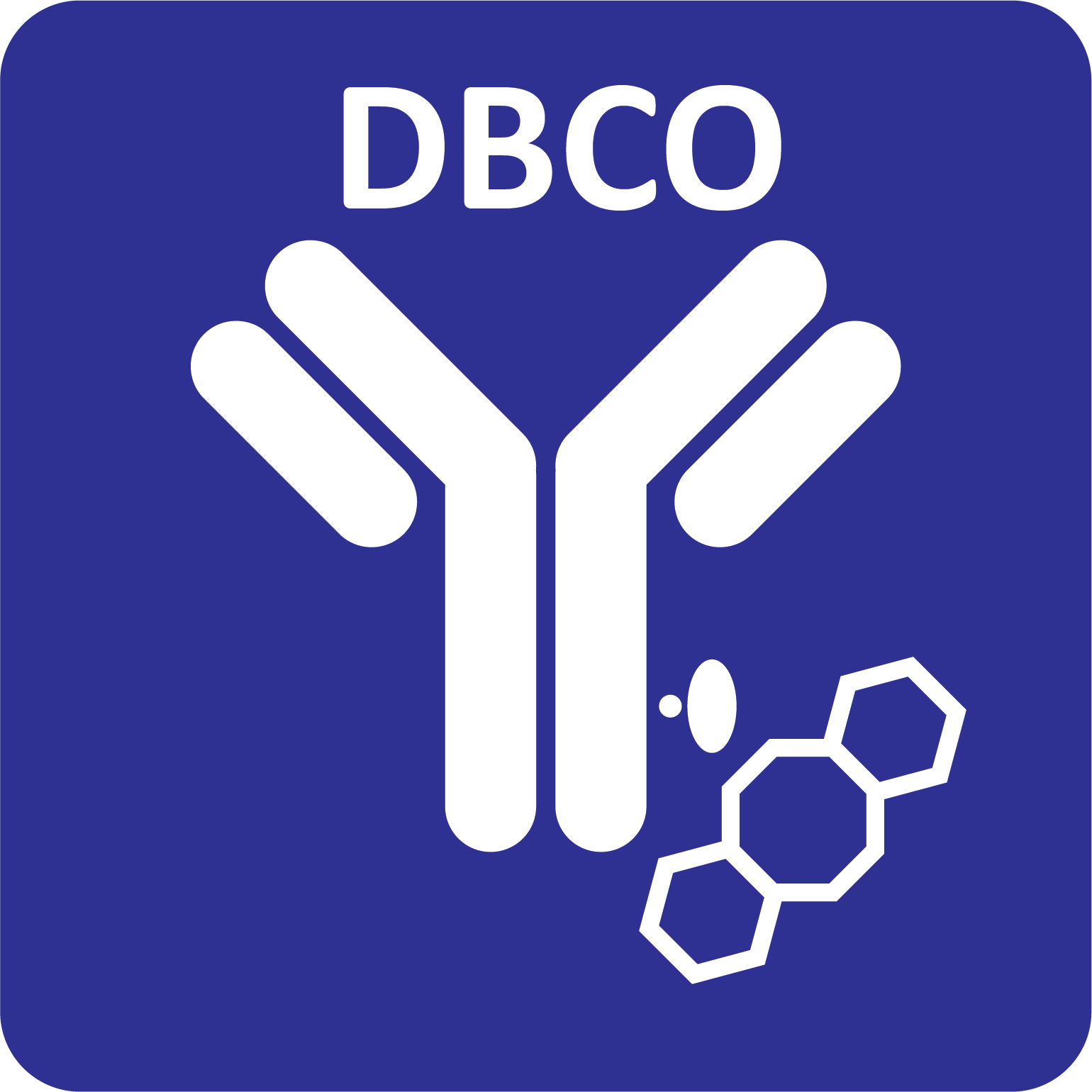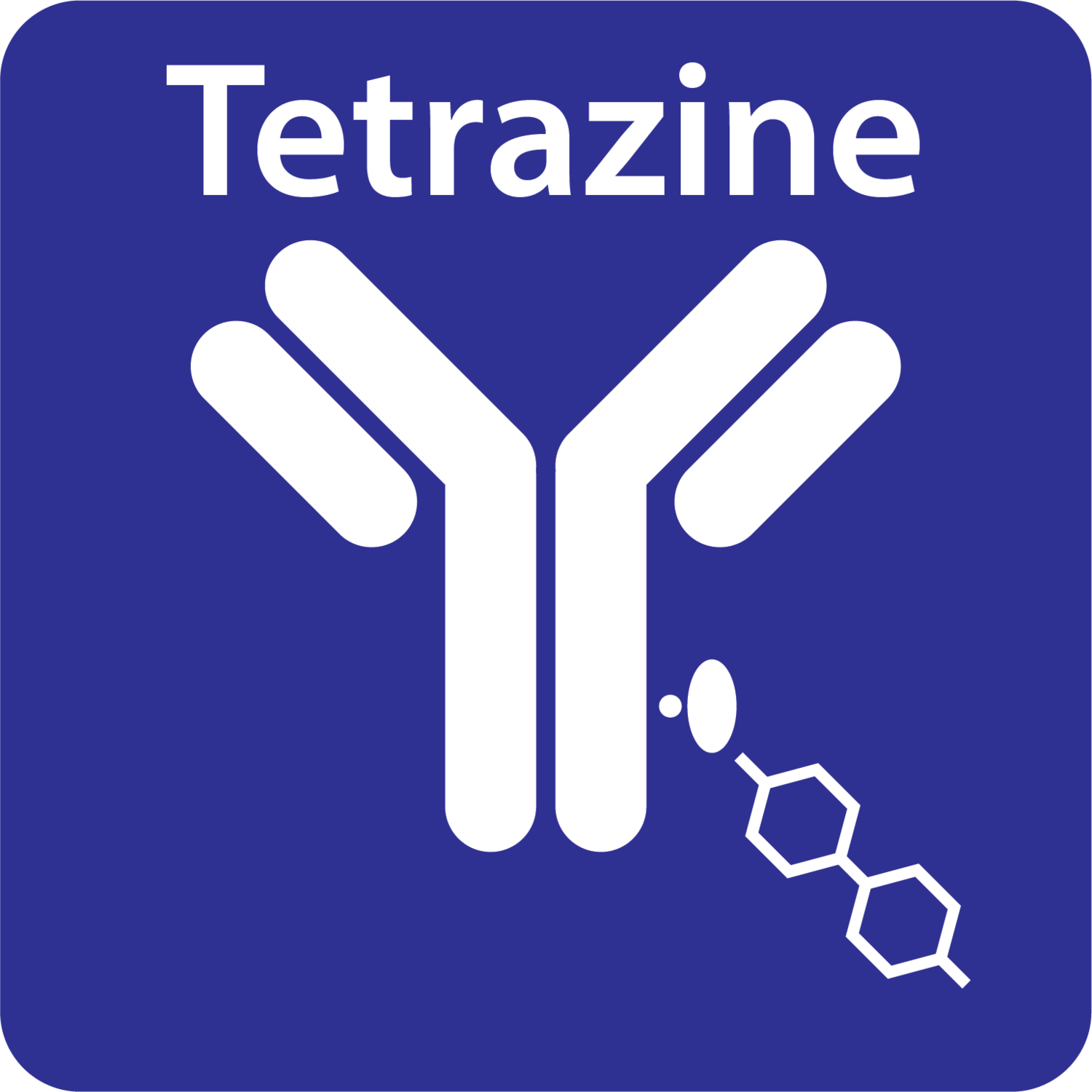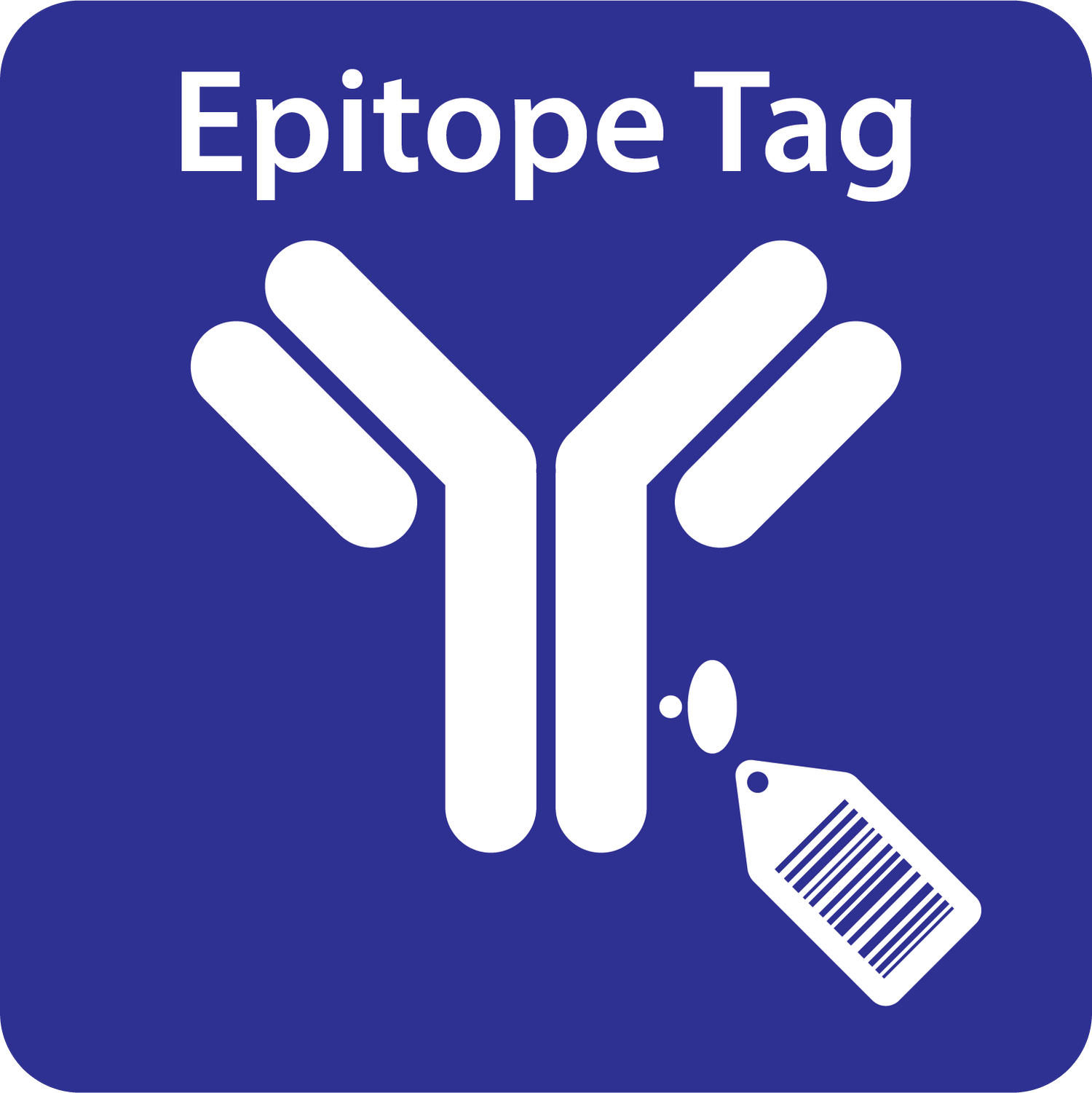Your cart is currently empty!
NIH/NBIB Grant R41-EB023750A (PI: Tsourkas) 04/17 – 03/18
The overall goal of this proposal is to demonstrate that the site-specific immobilization of full-length antibodies onto a microplate surface results in an improvement in the lower detection limit of an ELISA assay. All milestones were achieved and a Phase II submission was awarded.
Abstract
Antibodies, most commonly Immunoglobulin Gs (IgGs), are widely used in research and diagnostic assays due to their wide array of targets, high specificity and proven efficacy. In many of these “immunoassays” (e.g. ELISA’s, biosensors, etc.), antibodies must be immobilized onto surfaces. The sensitivity, stability and longevity of antibodies used in this context are highly dependent on orienation of these molecules.1 Numerous work have shown that correct orienation can result in tens to even a 1000-fold increase in sensitivity.2-5 Despite the enormous benefit of using site-specific immobilization techniques, they are rarely adopted in commercial immunoassays. This is largely due to the complexity, shortcomings and economic hurdles associated with site-specific immobilization techniques.1 Recently, we developed a simple, rapid, and efficient approach to site-specifically and covalently immobilize native IgG on surfaces. Our approach relies on the use of low-molecular weight, monovalent subdomains of Protein A and G that possess a UV-active non-natural amino acid, benzoylphenyalanine (BPA), within the Fc-binding domains. Upon exposure to innocuous long wavelength UV light, the BPA is activated and forms a covalent link between the antibody-binding domain and the antibody. The recombinant production of photoreactive antibody-binding domains (pAbBDs) has been combined with expressed protein ligation (EPL) to allow for the introduction of nearly any desirable chemical handle onto the C-terminus of the pAbBDs during protein purification. This enables the site-specific attachment of the pAbBDs to a wide range of surfaces. Overall, the use of pAbBDs for the site-specific immobilization of antibodies is cost-effective, easily scalable, amenable to high-throughput processes, and utilizes protein production techniques that are commercially viable. The primary goal of this proposal is to acquire data that directly demonstrates the value of our technology in immunoassay applications. We believe that this will open up new opportunities for collaboration and commercial partnerships in the immunoassay industry. The specific aims for the proposal are: Aim 1: Optimize the conditions for the site-specific immobilization of antibodies in a microplate; Aim 2: Quantify the effect of site-specific IgG immobilization on immunoassay sensitivity, limit of detection, and dynamic range.

